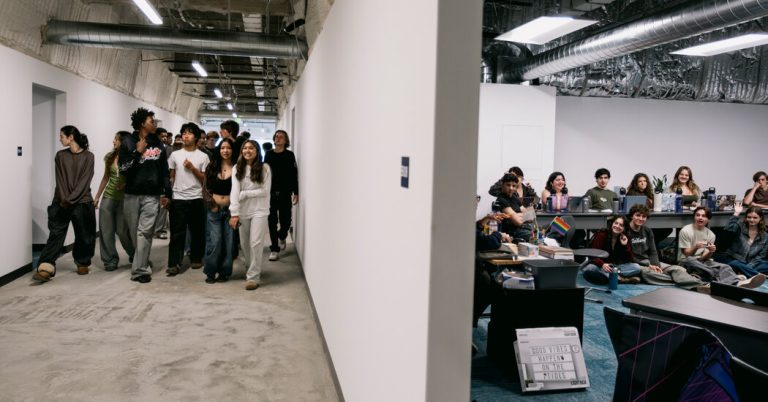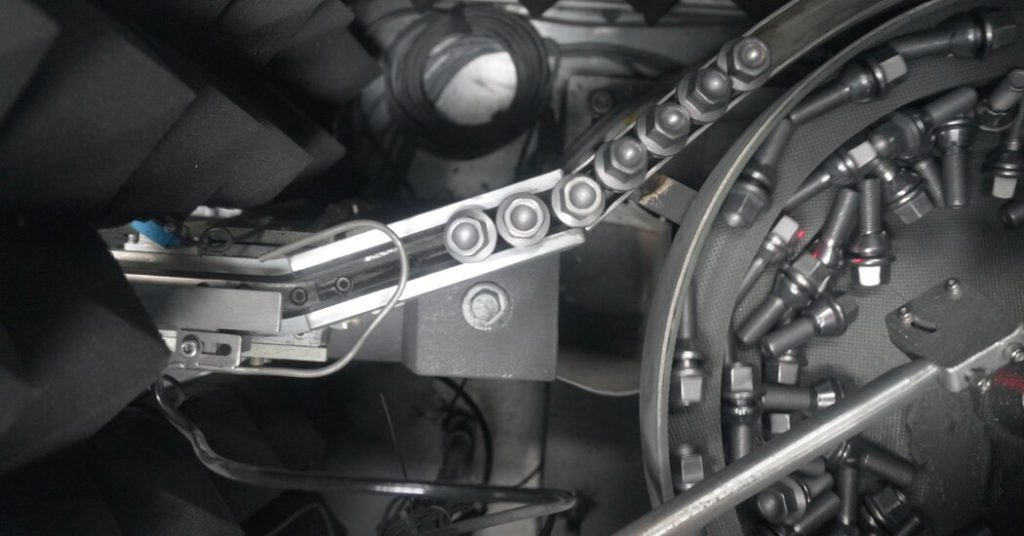Russian forces launched a major missile and drone attack on Kyiv early Thursday, killing at least nine people in the city, and injuring more than 60, the Ukrainian authorities said, in the deadliest strike on the Ukrainian capital since last summer.
Explosions could be heard throughout the night; clouds of brown smoke rose over the city as the sun came up. One missile hit a two-story building with eight apartments where emergency workers hunted for survivors Thursday morning.
A five-story building next door lost all of its windows. People stood outside, staring at the damage and talking on their phones, telling loved ones that they were alive. No military target was visible nearby.












